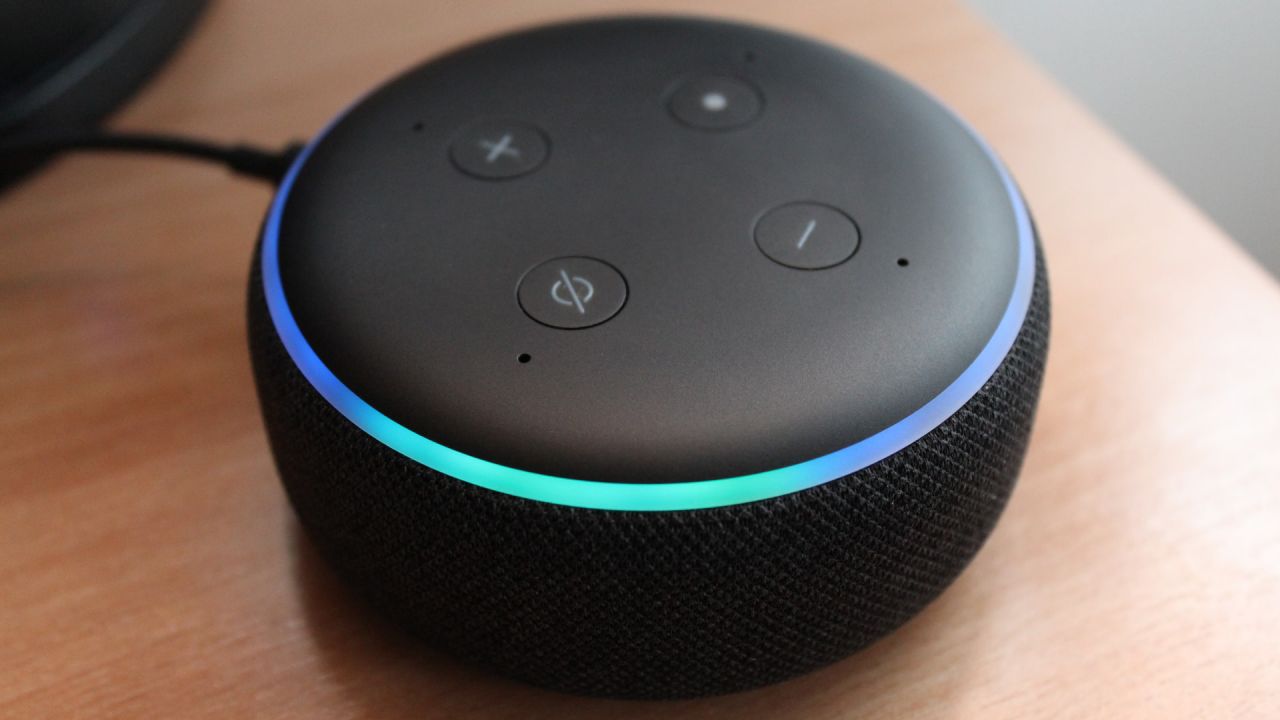Are we moving from a multi-screen world to one that is screenless?
The rapid adoption of voice interfaces has brought huge opportunities for brands and consumers alike but, for designers, it represents the biggest UX challenge since the birth of the smartphone. Flashy visuals can no longer be relied upon to bring a proposition to life and, instead, greater emphasis has to be placed on words and context along with a better understanding of user intent and needs.
Despite massive technical strides in voice technology over the last 18 months, we're still years away from a fully conversational interface that can detect all of the subtle nuances of speech and user intent. Instead, multi-modal UIs will come to the fore that combine the strengths of voice (quick, supports multi-tasking) and screens (breadth of information, fast visual scanning) into a single, holistic user experience.
Voice is a relatively new consideration for UX designers but many of the classic principles from user-centric design can still be applied. Here are our top tips for crafting an effective voice experience:
- Include personality traits that appropriately reflect the brand and the service being offered. Language, phrasing and what the voice actually sounds like will be key here. Great care must be taken with traits such as humour as these may work well when bantering with a smart speaker at home but less so in use cases such as ordering tickets, where users will likely be short on time and patience.
- A voice response should be brief and relevant. Only return granular details when the user has explicitly requested them.
- Provide the user with options for interaction so they don’t feel lost. Ideally, the number of options should be capped to three.
- Provide some form of aural or visual feedback when the system is processing a voice command. A flashing light sequence, looping animation or audible chime reinforces that the interface is cooperating.
- If the system fails to understand a voice command then use appropriate language in the response to ensure the user doesn't get frustrated and leave the experience. The system should take ownership of the lack of understanding and be empathetic to the user.
- The experience should be contextual, taking into account time, location and, where possible, the presence of other people around the device. For example, reading out personal bank account details in a crowded room would not be a great idea.
- Use behavioural data to personalise the experience so that it evolves over time and doesn’t feel linear. Use AI to remove content / functionality that isn’t relevant to the user.
As with all new technology, UX designers must constantly ask themselves whether its use solves a problem in a better way for the user. Many brands will be eager to integrate voice into an established user experience but it’s important that they balance their desire to be innovative against potential risks.
Challenges and the future
Voice assistants’ active listening technology puts it in the data privacy spotlight. There are questions being raised on how much these devices hear, and whether they can distinguish between voices efficiently enough to safeguard an individual’s private information. A lack of trust could become a hindrance to mass consumer adoption so it's vital that Amazon, Google and others are more transparent about how much of our personal data they store and provide us with the ability to opt out should we wish.
The biggest strength of voice input is that it offers users complete autonomy and freedom to ask for what they want, but this also poses the biggest challenge. Systems don't like unpredictability and catering for myriad different outcomes naturally requires complex processing and guaranteed connectivity. Fortunately, this is where 5G comes in. The public rollout of 5G cellular technology will be a game changer. Faster network speeds, lower latency and wider connectivity will usher in huge advances in AI and speech synthesis to power conversational voice experiences into which brands can dynamically infuse their personality.
The next generation of voice assistants will be able to anticipate our next steps, taking into account our preferences and behaviours as individuals, not static users. They’ll effectively become more ‘human’, by recognising our moods and emotions to help us proactively to get things done. Google's Duplex technology for their voice assistant makes AI-driven phone calls on the user's behalf and provides a tantalising glimpse of the future.
Technical advancements like these are coming at a furious pace so expect the exponential growth and adoption of voice to continue. Brands that fail to embrace the medium risk alienating the next generation of customers who are growing with voice as an intrinsic part of their daily lives.
Now is the time for brands to identify and latch onto the unique offerings and functionalities that are exclusive to voice. Brands that can bring relevance, context, and content to voice will be able to ride the wave of this emerging trend and deliver truly unique customer experiences.
Read part 1 of this post.
Bharat Trivedi, Technical Director

